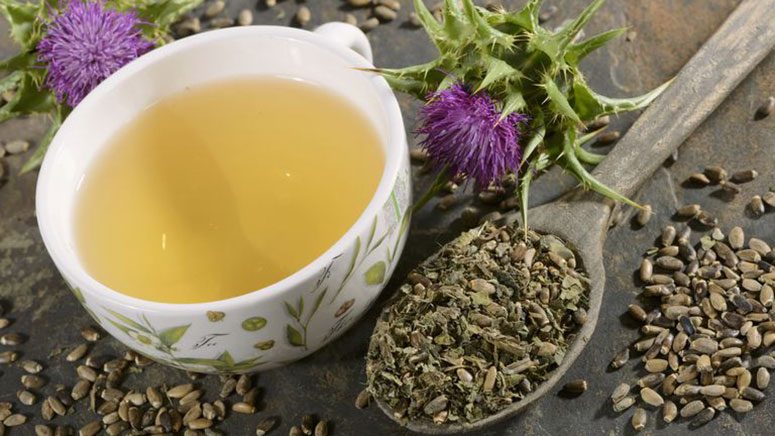Overview

Early colonists brought milk thistle, a plant with European origins, to North America. Currently, milk thistle can be found in the eastern United States, California, South America, Africa, Australia, and Asia. To manufacture medicine, seeds and above-ground components are employed.
The most common way that milk thistle is administered orally is to treat liver disorders, such as non-alcoholic fatty liver disease, chronic inflammatory liver disease, cirrhosis [1] of the liver, and chronic hepatitis [2]. These conditions include liver damage brought on by chemicals, alcohol, chemotherapy [3], and other drugs, as well as liver damage brought on by Amanita mushroom poisoning.
Some people apply milk thistle directly to the skin to aid with skin damage caused by radiation.
In foods, milk thistle leaves and flowers are eaten as a vegetable for salads and a substitute for spinach. The seeds are roasted for use as a coffee substitute.
Note that there is a difference between milk thistle and blessed thistle (Cnicus benedictus).













